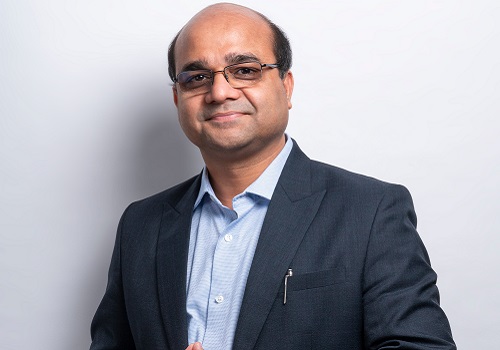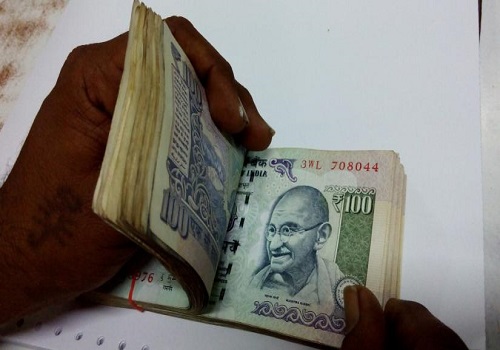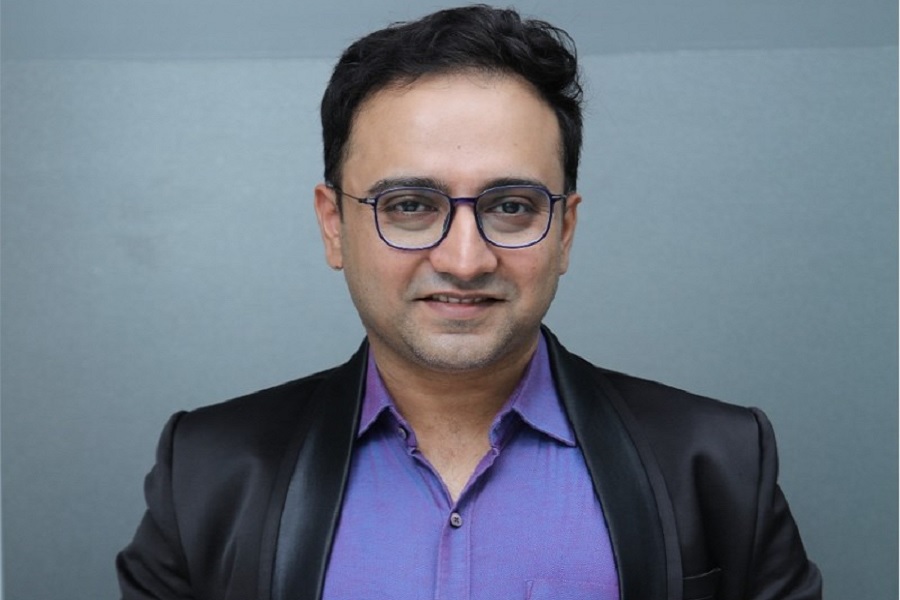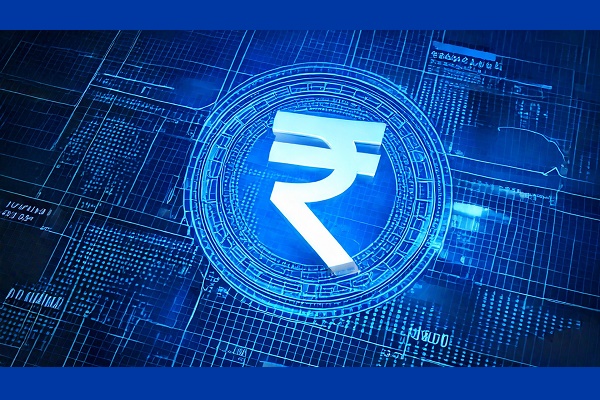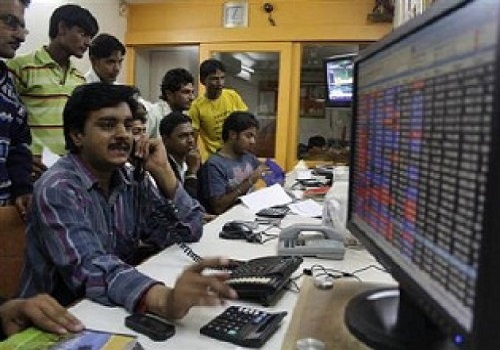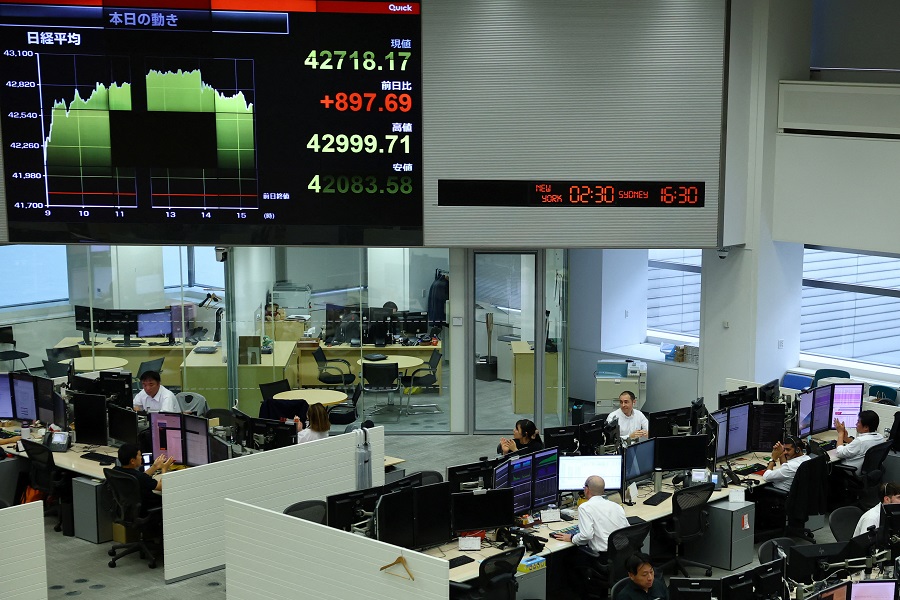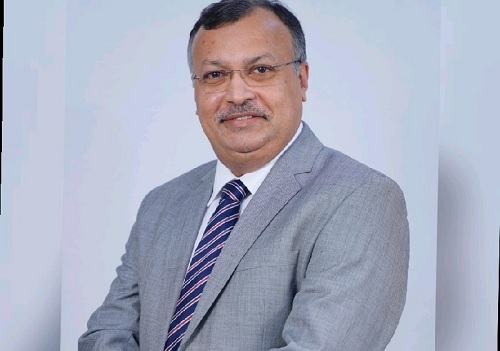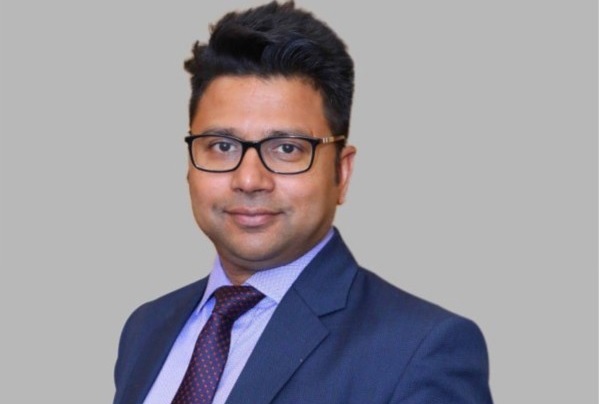Out of my mind: A Second Republic by Lord Meghnad Desai, Elara Capital
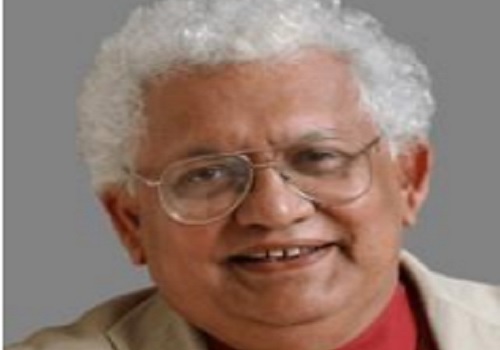
The US was the first modern country to have a Republic in 1789 when George Washington became its first President. He chose to retire after two terms, resisting any temptation to be King. Thus began the tradition of a two-term President in the US. The first five Presidents were all aristocrats, Virginia landowners and slaveowners – Washington, Thomas Jefferson, James Madison, and James Monroe -- Massachusetts lawyers, such as John Adams. These first five had been active in framing the Constitution and fighting the British. They loved Europe and even the English, but they wanted their own freedom. John Quincy Adams succeeded his father in 1824.
Then in 1828, the world changed. John Quincy Adams was not re-elected. The US elected a humble Irish soldier, an adventurer, who had made his name in extending the spread of the Union westwards -- Andrew Jackson. With him, the US broke its close ties with Europe and went native. After that, US Presidents were home-grown, not concerned with Europe but busy with extending their frontier westwards. It was not until 1916 when the US entered the First World War that it renewed its relations with Europe. After that, it went on to dominate Europe.
Something similar is happening in India. When Independence came in 1947, it was under the leadership of London-educated Barristers – MK Gandhi, Jawaharlal Nehru and Sardar Vallabhbhai Patel. They fought the British, but they hoped to emulate them in their own politics. Gandhi had waged a fight in which his religion played a major part. His Hinduism was simple -- no temples, no idols, no priests, just Ramdhoon and prayers -- Raghu PatiRaghav Raja Rama, Ishwar Allah Tero Naam.
The Partition led to the trauma of communal riots. So, Nehru decided India had to be a Secular state. His dynasty ran India along an Anglophile-Fabian line. It was the Emergency, which broke the magic of the Nehru dynasty, although Rajiv Gandhi did begin to break with the Secular ideal, helping in the Babri Masjid opening.
What is happening on January 22 in Ayodhya is the inauguration of the Second Republic of India. It is the end of the Nehruvian Republic. There is no need to amend the Preamble to the Constitution, as India ceases to be a Secular state. It is a Hindu Republic.
The panache with which Narendra Modi is opening the Ram Temple is astonishing. There is no hesitation, no mention of the old struggle about Babri Masjid. It is a celebration of faith of the majority in its full orthodox ritual. There is no hesitation, no reserve.
It is, of course, not an official event. The Prime Minister happens to take the lead as a devotee, not as a Prime Minister. The temple is being built with privately collected funds by the temple movement. The long campaign launched by the Vishwa Hindu Parishad, the RSS and the BJP are history. A Supreme Court judgment drew curtains over that some time ago.
The way in which India has changed its politics from the Congress to the BJP is a miracle. There has been controversy, of course. To begin with, there was an ugly atmosphere with attacks on Muslims for beef-eating or cow vigilantes. But there seems to be less of that Bajrang Dal agitation. Modi has been astute in spreading the scope of Hindu nationalism to the OBC, the Dalits and the tribals. This is an inclusive Hinduism. Ram and Ram Rajya were never like this. As an astute politician, the Prime Minister is aware that Hindu nationalism is a North Indian-Hindu belt ideology. He has been frequenting Southern states off late and making sure he visits temples in Tamil Nadu and Kerala. But then, Hinduism is not a monolith, not a monotheistic religion. South India has different gods from the North. The Dravidian movement has more in common with BR Ambedkar than with the RSS. The test of the Second Republic will be whether South India will be happy with Ram and Ram Rajya. We shall see.
Above views are of the author and not of the website kindly read disclaimer

